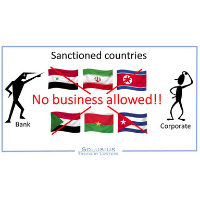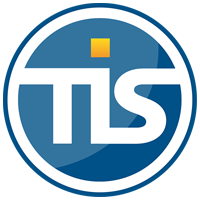How to get a fair deal on your derivatives trades
| 15-6-2017 | Simon Knappstein | treasuryXL

We discovered the article ‘Are you getting a fair deal on your derivatives trades” on treasurytoday. In the article derivatives are described as a good tool to mitigate risk and protect the company’s financials from moves in the market. However, derivatives come at a cost and often these costs are also hidden, which means that the treasurer cannot be sure that he is getting a fair deal.
Price of the deal
Greater transparency is needed and that was the reason why company NEXTrioptima developed its triCalculate solution. When treasurers execute a deal with a bank they typically cannot see how the price of the deal is calculated and what the bank is charging them for credit risk.The tool triCalculate tries to change this by taking the corporate’s derivatives trade file, a credit curve file and a credit support annex (CSA) file (where one exists) and running these through a series of highly complex mathematical simulations. The result: an accurate XVA calculation that enables corporates to quickly identify and price the impact of a counterparty default and the cost of funding a derivative portfolio. This is the first Software as a Service (SAAS) on the market. The tool does not only provide companies with greater transparency over their current derivative portfolio, but also offers the chance to plan new deals much better.
We asked our expert Simon Knappstein if this tool is really worth the while.
All the capital a derivative trade consumes, or is expected to consume, over its lifetime is increasingly incorporated in the price of a trade. CVA, a valuation adjustment for counterparty credit risk was initially the major adjustment, soon to be followed by FVA (funding value adjustment) and many related adjustments that go under the umbrella name XVA. Properly calculating these adjustments for every trade on a portfolio basis is difficult and time consuming. So the new product offering TriCalculate by NEX TriOptima looks like a promising tool for corporate treasurers to help them gain insight in the pricing process of derivatives offered by their bank. By the way, being able to calculate a fair value on a potential trade does not guarantee you a fair deal, but it will certainly help.

Owner of FX Prospect
More articles of this author:
Negatieve interest rate policy: No lasting effect on FX








